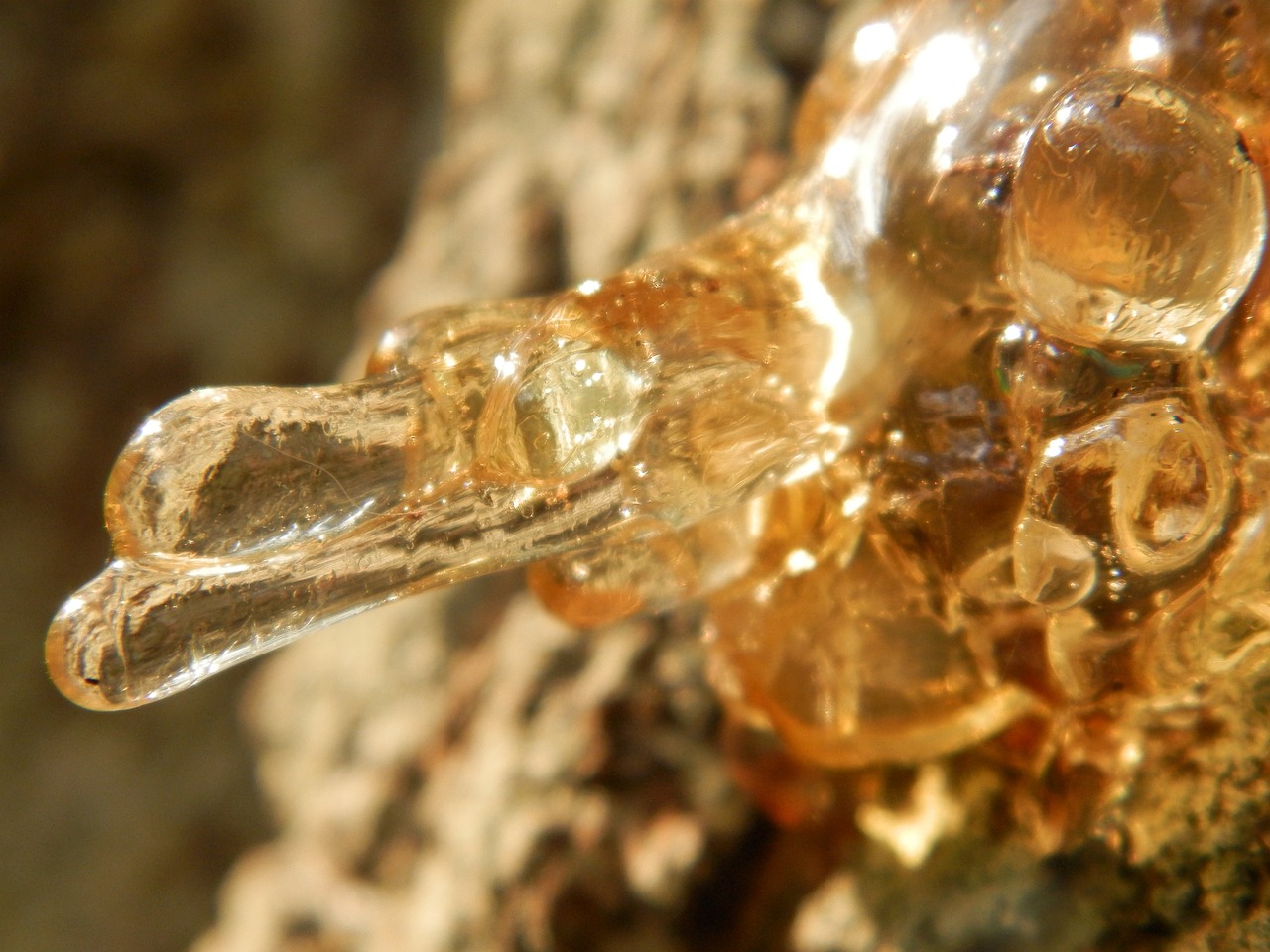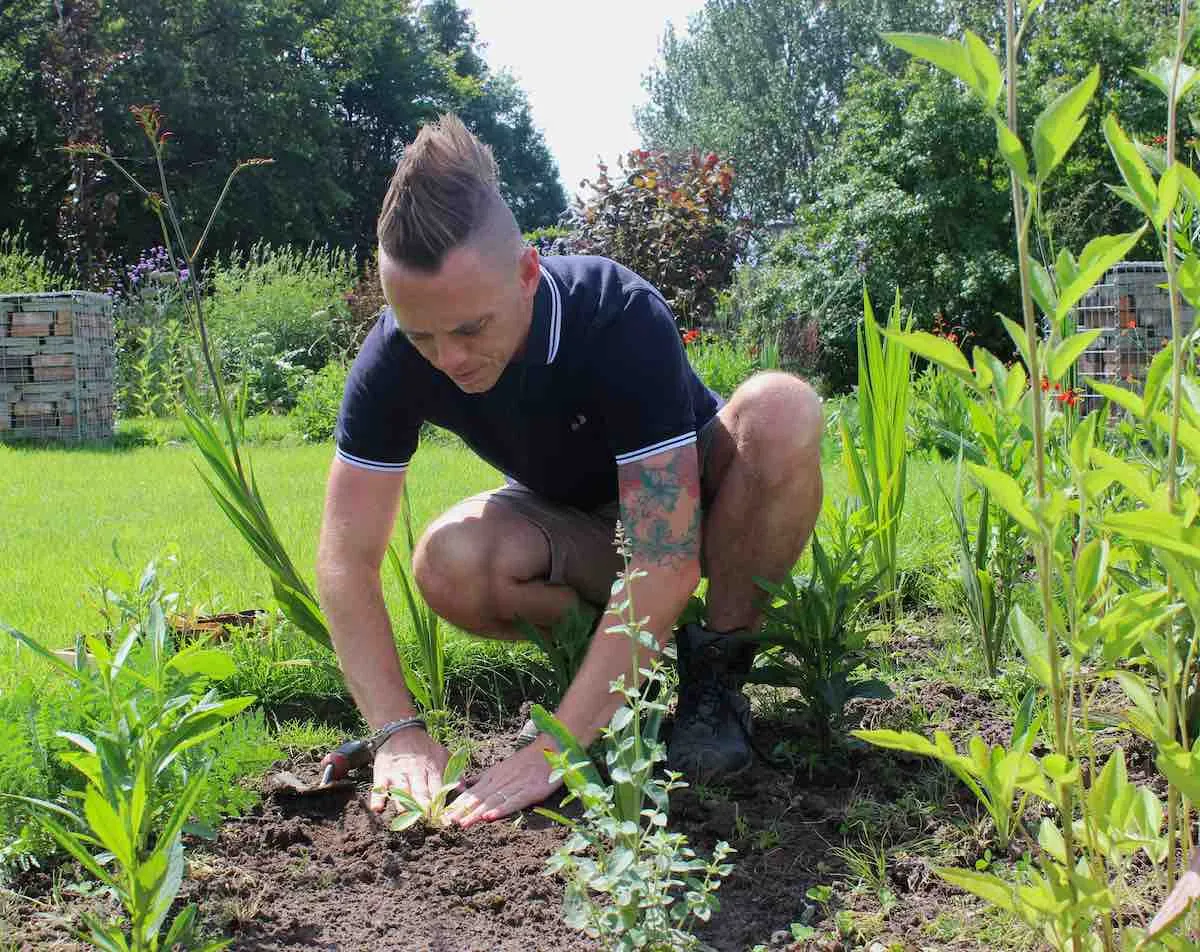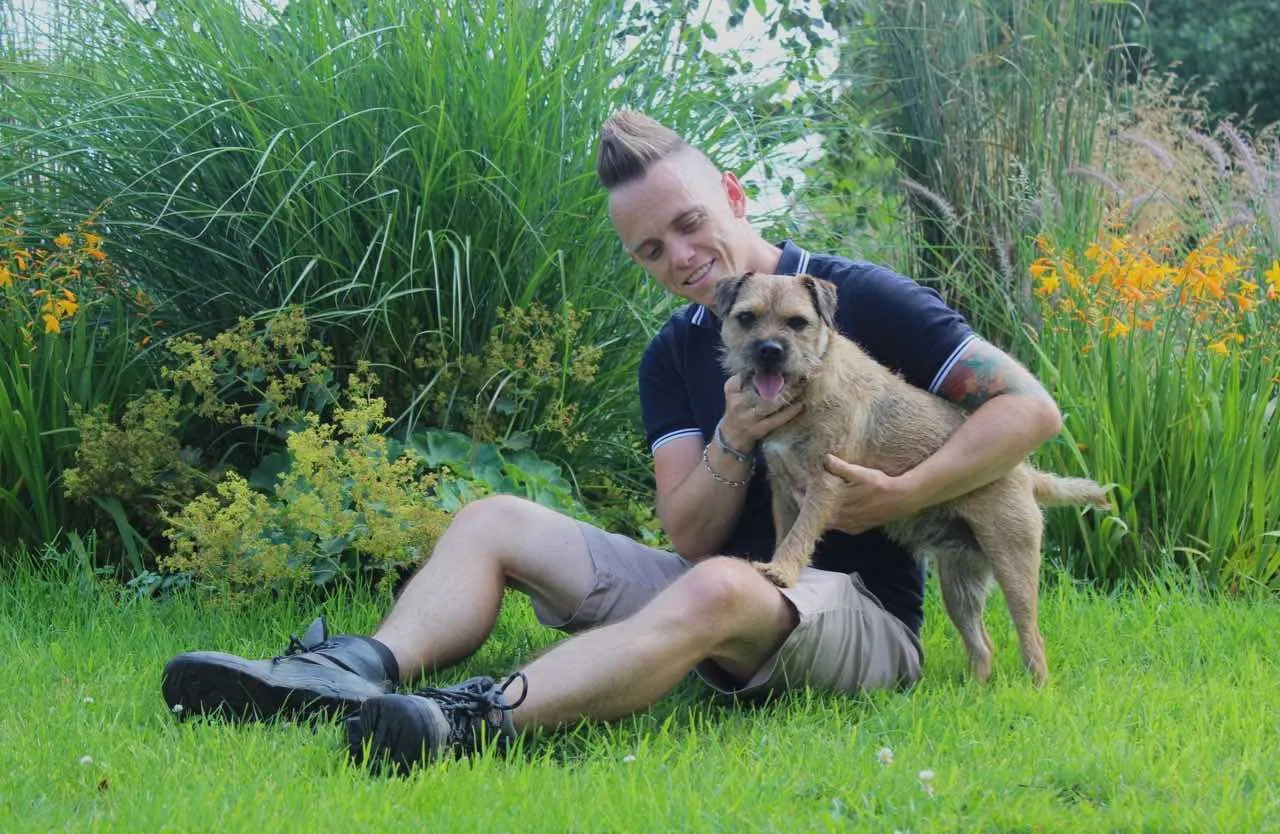Hi @christie
Good to hear from you!
Ok here's the bad news. When Prunus or Cherries bleed like that it's usually a bacterial canker. Which is a plant disease. Not usually fatal but will sap (sorry about the pun) the life and viogor out of a plant and can easily be passed onto other cherry trees or shrubs.

Let's have a quick look at what canker is with plants and then how to sort it.
What is bacterial canker on trees?
Bacterial canker, also known as bacterial blight, is a plant disease caused by various species of bacteria. It affects a wide range of plant species, including trees, shrubs, fruits, and vegetables. The disease primarily targets the vascular system of the plant, leading to the formation of characteristic cankers or lesions on the infected plant parts.
Often resulting in the oozing or leaking of sap or sticky fluid.
Characteristics of bacterial canker:
-
Causal bacteria: Different bacteria can cause bacterial canker in different plant species. For example, in fruit trees such as cherries, peaches, and plums, the bacterium Pseudomonas syringae pv. syringae is often responsible for bacterial canker. In tomato plants, the bacterium Clavibacter michiganensis subsp. michiganensis causes bacterial canker. So its not one type of bacteria but very much plant specific!
-
Symptoms: Bacterial canker symptoms can vary depending on the host plant and the specific bacterium involved. Common symptoms include the formation of sunken, discoloured lesions or cankers on stems, branches, twigs, leaves, or fruit. The cankers may have a rough or cracked appearance. Gum or bacterial ooze may also be present on the infected areas. In severe cases, the affected plant parts can wilt, die, or show stunted growth.
-
Disease spread: Bacterial canker spreads through various means, including wind, rain, contaminated tools, or insects. Bacteria can enter plants through natural openings, wounds, or leaf stomata (the part where leaves breath). They can also be introduced during pruning or other cultural practices. So it's important to clean pruning tools and only prune in dry low wind conditions.
-
Favorable conditions: Bacterial canker development is often favoured by specific environmental conditions. Factors such as high humidity, extended periods of leaf wetness, high wind, which spreads canker, and moderate temperatures can create perfect conditions for bacterial infection and disease to spread around the garden.
-
Management: Managing bacterial canker involves a combination of preventive measures and control strategies. Some common practices include:
- Planting resistant or tolerant cultivars, if available.
- Practising good sanitation, such as removing and destroying infected plant material.
- Avoiding overhead irrigation, which can promote the spread of bacteria.
- Pruning infected plant parts during dry periods and disinfecting tools between cuts.
- Applying copper-based or antibiotic sprays, following label instructions and considering local regulations.
The best way to get rid of Canker though Christie is to prune out the infected stems with clean sharp secateurs. Making sure you disinfect them first and then afterwards. Each new tree pruned, clean and disinfect as it spreads really quickly. Same with gardening gloves, keep them super clean when dealing with cankers.
https://youtu.be/DFdcQU8sNx8
Hope that helps Christie.
Hi @christie
Good to hear from you!
Ok here's the bad news. When Prunus or Cherries bleed like that it's usually a bacterial canker. Which is a plant disease. Not usually fatal but will sap (sorry about the pun) the life and viogor out of a plant and can easily be passed onto other cherry trees or shrubs.

Let's have a quick look at what canker is with plants and then how to sort it.
What is bacterial canker on trees?
Bacterial canker, also known as bacterial blight, is a plant disease caused by various species of bacteria. It affects a wide range of plant species, including trees, shrubs, fruits, and vegetables. The disease primarily targets the vascular system of the plant, leading to the formation of characteristic cankers or lesions on the infected plant parts.
Often resulting in the oozing or leaking of sap or sticky fluid.
Characteristics of bacterial canker:
-
Causal bacteria: Different bacteria can cause bacterial canker in different plant species. For example, in fruit trees such as cherries, peaches, and plums, the bacterium Pseudomonas syringae pv. syringae is often responsible for bacterial canker. In tomato plants, the bacterium Clavibacter michiganensis subsp. michiganensis causes bacterial canker. So its not one type of bacteria but very much plant specific!
-
Symptoms: Bacterial canker symptoms can vary depending on the host plant and the specific bacterium involved. Common symptoms include the formation of sunken, discoloured lesions or cankers on stems, branches, twigs, leaves, or fruit. The cankers may have a rough or cracked appearance. Gum or bacterial ooze may also be present on the infected areas. In severe cases, the affected plant parts can wilt, die, or show stunted growth.
-
Disease spread: Bacterial canker spreads through various means, including wind, rain, contaminated tools, or insects. Bacteria can enter plants through natural openings, wounds, or leaf stomata (the part where leaves breath). They can also be introduced during pruning or other cultural practices. So it's important to clean pruning tools and only prune in dry low wind conditions.
-
Favorable conditions: Bacterial canker development is often favoured by specific environmental conditions. Factors such as high humidity, extended periods of leaf wetness, high wind, which spreads canker, and moderate temperatures can create perfect conditions for bacterial infection and disease to spread around the garden.
-
Management: Managing bacterial canker involves a combination of preventive measures and control strategies. Some common practices include:
- Planting resistant or tolerant cultivars, if available.
- Practising good sanitation, such as removing and destroying infected plant material.
- Avoiding overhead irrigation, which can promote the spread of bacteria.
- Pruning infected plant parts during dry periods and disinfecting tools between cuts.
- Applying copper-based or antibiotic sprays, following label instructions and considering local regulations.
The best way to get rid of Canker though Christie is to prune out the infected stems with clean sharp secateurs. Making sure you disinfect them first and then afterwards. Each new tree pruned, clean and disinfect as it spreads really quickly. Same with gardening gloves, keep them super clean when dealing with cankers.
Hope that helps Christie.
 Lee Burkhill: Award Winning Designer & BBC 1's Garden Rescue Presenters Official Blog
Lee Burkhill: Award Winning Designer & BBC 1's Garden Rescue Presenters Official Blog



